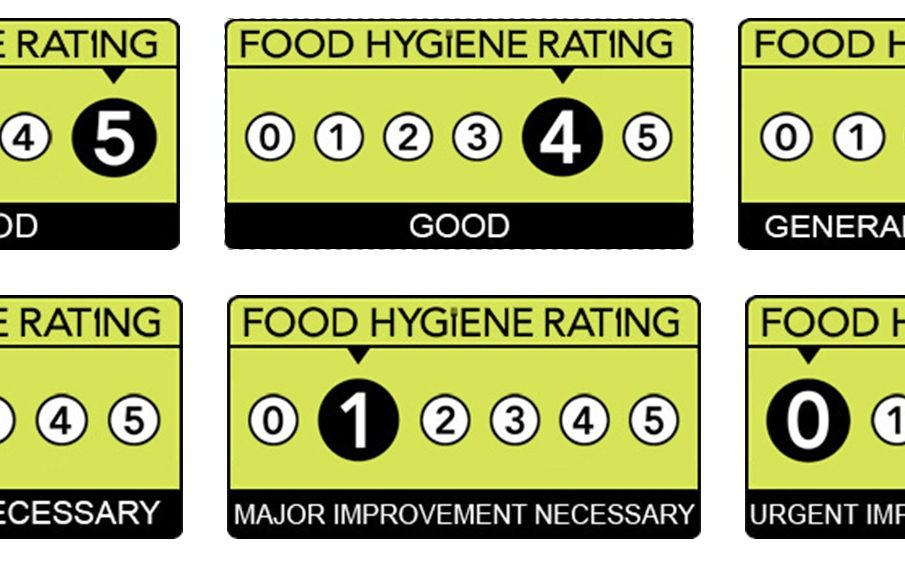Understanding Food Hygiene Ratings: What You Need to Know

Introduction
The food hygiene rating is an essential aspect of public health that evaluates the sanitary practices of food establishments. In an era where foodborne illnesses are a pressing concern, understanding these ratings has become increasingly significant for both consumers and food business owners. The rating system not only informs diners about the hygiene standards of their favourite restaurants but also incentivizes food businesses to maintain high cleanliness and safety standards.
What is a Food Hygiene Rating?
The food hygiene rating is a score given to food establishments based on the results of inspections conducted by local authorities. In the United Kingdom, the Food Standards Agency (FSA) oversees the system, which ranks establishments on a scale from 0 to 5, with 5 being excellent and 0 indicating urgent improvement is required. The rating considers various factors including food handling, cooking practices, cleanliness, and overall management of food safety.
Recent Developments in Food Hygiene Ratings
In recent months, the FSA has intensified its monitoring efforts to ensure compliance with food hygiene standards, particularly post-pandemic. Reports have indicated a notable increase in inspections, with local councils focusing on high-risk food outlets. As of January 2023, around 84% of food businesses were rated as ‘good’ or ‘very good,’ showing improvements in public health standards.
Additionally, the FSA has introduced new initiatives to educate smaller food businesses about the importance of hygiene ratings. Workshops and resources are now being provided to help these establishments comply with regulations effectively.
Importance for Consumers
For consumers, food hygiene ratings serve as a transparent and straightforward method to assess the quality and safety of food options. Patrons are encouraged to check ratings before dining out or ordering food, as establishments with higher ratings are known to demonstrate better food safety practices. The FSA’s website allows anyone to search for hygiene ratings of local businesses conveniently.
Conclusion
Food hygiene ratings are key indicators of food safety and public health. As the importance of these ratings continues to grow, both consumers and food establishments bear the responsibility of prioritising hygiene practices. Looking ahead, it is anticipated that the FSA will continue to ramp up efforts for maintaining high standards and that the awareness around food hygiene will positively influence consumer choices. By remaining informed, individuals can not only protect their health but also support businesses that take food safety seriously.









